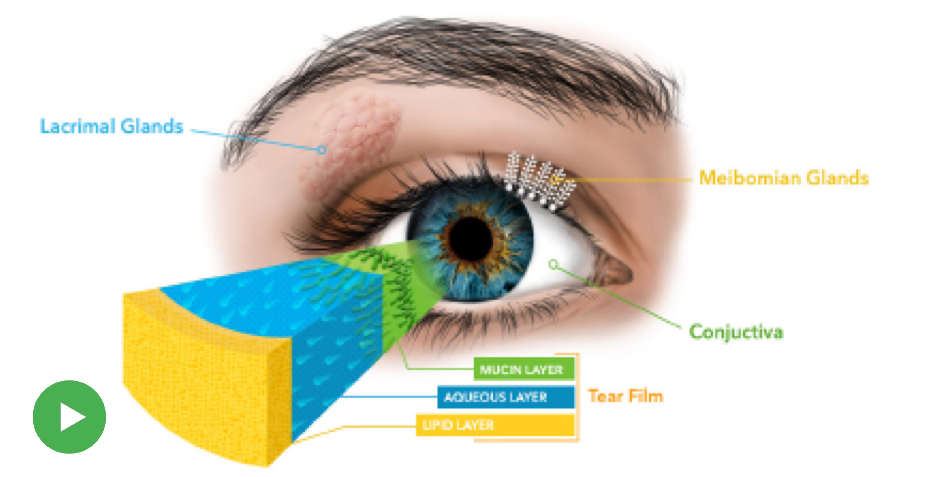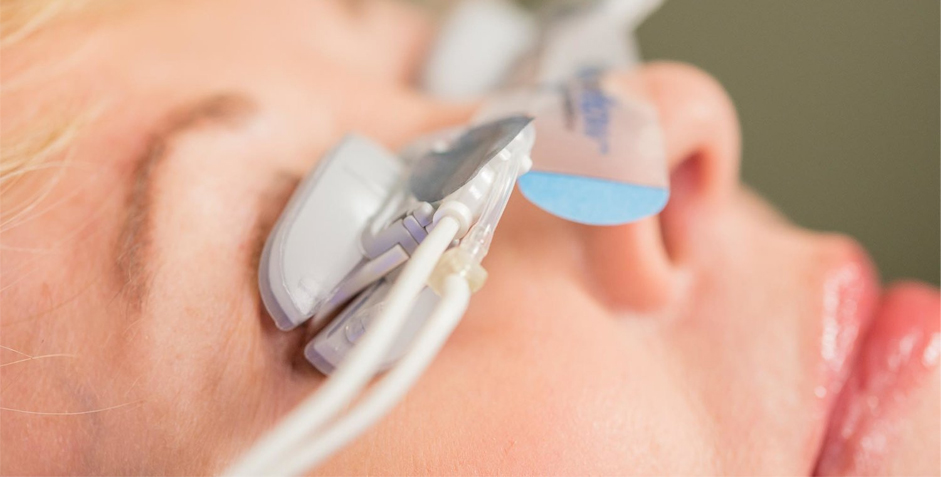
WHAT IS 100% DRY EYE CARE?
Dr. Tran is 100% Committed to helping you with your dry eyes care!
When the patient is the Doctor….
Because our Dr Tran is a dry eye patient, she understands your discomfort of day to day dry eye symptoms!
She is 100% Committed to caring for you and your dry eye needs!
If there is a solution, she will find it for you!
Dr. Tran is the Dry Eye Specialist
That’s why she founded the Alaska Dry Eye Center.
Your FIRST Dry Eye Evaluation with Tear Analysis with Dr. Tran
- This is a detailed examination and diagnostic tear evaluation that will take about 90 minutes-2 hours.
- We will bill you MEDICAL insurance for this consultation and medical visit. The fee is for your first visit is about $490
- ALL patients must have this visit prior to having Lipiflow perform.
This visit includes:
- Multiple diagnostic tear testings
- Complete analysis for your oil glands and ocular surface
- Complete detailed consultation and education about treatments, in office procedures, eye drops prescription and self care for your dry eye needs
Here are the tests we will be performing and their explanations:
LipiScan™ Dynamic Meibomian Imager (DMI)
Meibomian Gland Evaluator™ (MGE)
SPEED™ Questionnaire
InflammaDry
To perform the InflammaDry test, tears are collected from your lower eyelids. A small, soft piece of fabric will be gently dabbed along your lower eyelid to collect tears. The tear collection process takes less than a minute and is not painful. Results only take 5-10 minutes and will be discussed before you leave the office.
TearLab™ Osmolarity
Tear Breakup Time
Epithelial Staining
The most common dyes are rose bengal, lissamine green and fluorescein. The individual dyes will stain the eyes differently. For example, fluorescein will pool in epithelial erosions and stain devitalized cells.
Rose bengal will also stain dead and dying cells, in addition to the cells that are healthy but are not adequately coated by a mucin layer. Rose bengal can cause some discomfort, however. Lissamine green is similar to rose bengal, but without the discomfort. Your doctor will select the dye(s) most effective for your examination.
The Schirmer Test or Tear Volume Test
Related Information
Opening Hours
| Monday – Thursday | 8:30 – 5:00 |
| Friday | 8:30 - 4:00 |
| Saturday-Sunday | Closed |
| Open During Lunch |


